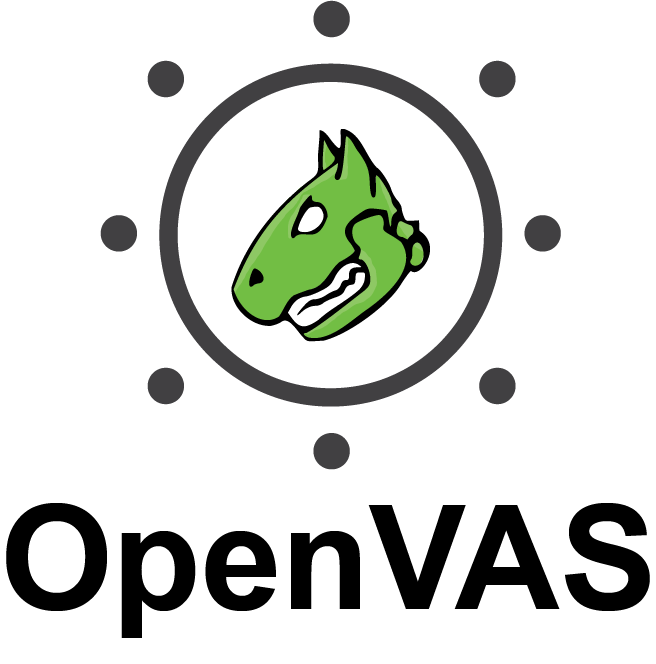Microsoft Defender Vulnerability Management
Microsoft Defender Vulnerability Management
Updated December 18, 2025
Updated December 18, 2025
Microsoft Defender Vulnerability Management identifies and prioritizes security exposures across devices in an organization’s environment. It integrates with Microsoft security tools to provide contextual risk insights and remediation guidance.
Microsoft Defender Vulnerability Management identifies and prioritizes security exposures across devices in an organization’s environment. It integrates with Microsoft security tools to provide contextual risk insights and remediation guidance.
Asset Management
Attack Surface Management
Continuous Threat and Exposure Management
Compare products
Cost considerations
Cost considerations
Functionality
Functionality
Compatibility
Compatibility
User experience
User experience
Customer support
Customer support
Why these ratings?
Cyberse perspective
Cyberse perspective
Solution details
Target industry
Technology
Public sector
Industrials
Manufacturing
Services support
Managed services
Scanning coverage
Network scanning
Host scanning
Application scanning
Product features
Risk scoring
Vulnerability scoring
IT Service Management (ITSM) integration
Automated remediation
Pricing
Free trial available
Market segment
Enterprise
Midmarket
Key features
Platform solution
Integrations
Security automation
Endpoint security
Cloud security
Network security
Deployment
Cloud-hosted
Cloud ecosystem partners
Amazon Web Services
Microsoft Azure Cloud
Google Cloud Platform
Ratings
Cost considerations
Microsoft lists Defender Vulnerability Management at roughly $2–$3 per user per month, and customers with Defender for Endpoint or Microsoft 365 E5 already own the core licence, so the incremental outlay stays low. Traditional vulnerability platforms price around $30–$70 per asset per year, making Defender’s effective per-endpoint cost noticeably lower when each user can cover several devices. Only a premium add-on drives extra fees, so the overall value lands as competitive but not rock-bottom.
Cost considerations
Microsoft lists Defender Vulnerability Management at roughly $2–$3 per user per month, and customers with Defender for Endpoint or Microsoft 365 E5 already own the core licence, so the incremental outlay stays low. Traditional vulnerability platforms price around $30–$70 per asset per year, making Defender’s effective per-endpoint cost noticeably lower when each user can cover several devices. Only a premium add-on drives extra fees, so the overall value lands as competitive but not rock-bottom.
User count
Asset count
Functionality
Microsoft Defender Vulnerability Management offers continuous and authenticated scanning across major operating systems, plus risk-based prioritization that draws on Microsoft threat intelligence. Direct hooks to Intune and ServiceNow create and validate remediation tasks, giving security and IT teams a closed loop workflow. Cloud assets are partially covered via Defender integrations, but container-specific scanning is limited, preventing a top score.
Functionality
Microsoft Defender Vulnerability Management offers continuous and authenticated scanning across major operating systems, plus risk-based prioritization that draws on Microsoft threat intelligence. Direct hooks to Intune and ServiceNow create and validate remediation tasks, giving security and IT teams a closed loop workflow. Cloud assets are partially covered via Defender integrations, but container-specific scanning is limited, preventing a top score.
Compatibility
Supports Windows, macOS, Linux, Android, iOS and links to AWS and GCP through Defender for Cloud connectors. API integrations feed findings into ServiceNow and stream alerts to Microsoft Sentinel or other SIEMs without heavy scripting. Container image scanning relies on separate Microsoft services, so coverage isn’t fully end-to-end.
Compatibility
Supports Windows, macOS, Linux, Android, iOS and links to AWS and GCP through Defender for Cloud connectors. API integrations feed findings into ServiceNow and stream alerts to Microsoft Sentinel or other SIEMs without heavy scripting. Container image scanning relies on separate Microsoft services, so coverage isn’t fully end-to-end.
User experience
Microsoft Defender Vulnerability Management displays exposure scores and prioritized fixes on a clear dashboard with fast drill-down; built-in links to Intune let teams trigger patches from the same portal, guiding remediation step by step; most analysts work comfortably after brief onboarding, though locating lesser-used pages in the broader 365 Defender menu still takes extra clicks
User experience
Microsoft Defender Vulnerability Management displays exposure scores and prioritized fixes on a clear dashboard with fast drill-down; built-in links to Intune let teams trigger patches from the same portal, guiding remediation step by step; most analysts work comfortably after brief onboarding, though locating lesser-used pages in the broader 365 Defender menu still takes extra clicks
Customer support
Microsoft provides 24×7 phone and web assistance for Defender via Unified Support, with critical tickets handled immediately. Vulnerability signatures update continuously from Microsoft threat intelligence, so most new CVEs are covered the same day. A named success manager is available only through an added support contract, so the offer stops short of the highest tier.
Customer support
Microsoft provides 24×7 phone and web assistance for Defender via Unified Support, with critical tickets handled immediately. Vulnerability signatures update continuously from Microsoft threat intelligence, so most new CVEs are covered the same day. A named success manager is available only through an added support contract, so the offer stops short of the highest tier.
Explore similar solutions
Explore similar solutions
Explore other categories
Explore other categories
Cyberse provides free tools for cybersecurity buyers to assess needs, research solutions, and compare products.
Cyberse provides free tools for cybersecurity buyers to assess needs, research solutions, and compare products.
Subscribe



